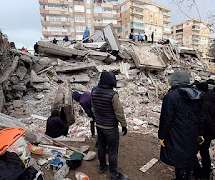NFPA Webinar, Other Resources Aim to Help Professionals Gather Knowledge to Improve Electrical Safety in the Workplace
National Fire Protection Association
JUNE 29, 2023
We also heard an extremely moving presentation from electrical arc flash survivor Brandon Schroeder on how a devastating arc flash incident changed his life, as well as the lives of his wife and children. This includes information on training qualified persons, as well as identifying and eliminating electrical hazards.























Let's personalize your content